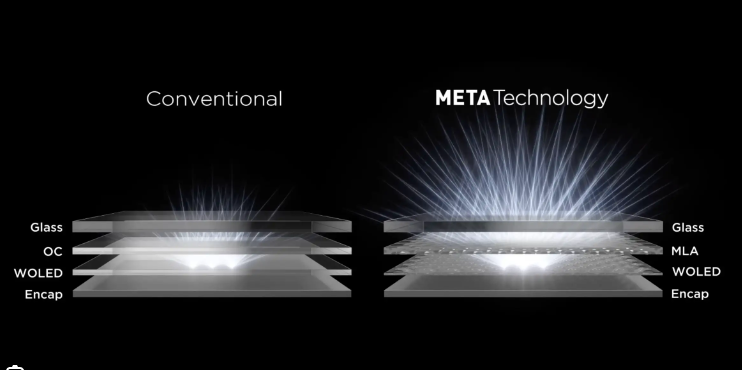In the realm of optics, technology is ever-evolving, with researchers and industries continuously seeking innovations that provide sharper, clearer, and more efficient imaging. One of these groundbreaking advancements is the Micro Lens Array (MLA) technology, which offers unparalleled optical capabilities. This article delves into the intricacies of MLAs, their applications, and their significance in today’s technological landscape.
Understanding Micro Lens Arrays
Micro Lens Arrays, or MLAs, are collections of miniature lenses, usually with diameters ranging from micrometers to a few millimeters, designed to focus, diverge, or collimate light. These arrays can be flat or curved and come in various geometries, including hexagonal, square, or rectangular configurations. The lenses themselves can be spherical or aspheric, with the latter offering reduced optical aberrations.
Applications of MLAs
- Strain-Tunable Optics: One exciting development in the field of MLAs is the creation of strain-tunable optical microlens arrays. These arrays possess deformable properties, allowing users to control the optical characteristics by adjusting the strain. This feature offers the potential for real-time modifications of optical systems, from adaptive eyewear to dynamic imaging systems.
- High-Gain Screen Designs: The incorporation of MLAs in screen designs, especially for direct projection systems, has revolutionized display technology. By integrating microlens array-based high-gain screens, manufacturers can achieve brighter images with better contrast ratios. This technology plays a pivotal role in improving the viewer experience in theaters, presentations, and other large-screen displays.
- Shaping Homogenized Focal Spots: Another innovative application of MLAs is their use in finely shaping homogenized focal spots. This capability is essential in applications requiring precision and uniformity, such as laser machining and medical imaging. By using sets of microlens arrays, one can achieve incredibly defined focal spots, ensuring accuracy and reliability in the resultant applications.
The Future of MLA Technology
The applications of MLA technology stretch far beyond those discussed. With the rapid advancements in optical research, it’s likely that new uses for MLAs will emerge, potentially revolutionizing industries such as telecommunications, biotechnology, and space exploration.
One of the exciting prospects is the integration of MLAs with other cutting-edge technologies like quantum computing and nanotechnology. As researchers delve deeper into the quantum realm, the precision and capabilities of MLAs could prove invaluable in manipulating and observing quantum phenomena.
Moreover, with the miniaturization trend in technology, the demand for compact and efficient optics will continue to grow. MLAs, with their inherent ability to manipulate light on a micro-scale, are perfectly poised to meet this demand, providing solutions that are not only technologically advanced but also cost-effective.
In the realm of medical technology, MLAs could pave the way for breakthroughs in imaging systems. Imagine endoscopes that provide clearer, brighter images, enabling doctors to diagnose conditions with unprecedented accuracy. Or think of adaptive eyewear that can automatically adjust its optical properties based on the user’s needs, offering perfect vision in all conditions.

In Conclusion
The world of Micro Lens Array technology is vast and promising. From its current applications in enhancing screen displays and shaping focal spots to its potential in quantum research and medical imaging, MLAs are set to play a crucial role in the future of optics.
As industries and researchers continue to recognize the capabilities of MLAs, it won’t be surprising to see this technology becoming an integral part of our daily lives. Whether it’s in the movies we watch, the glasses we wear, or the medical procedures we undergo, the influence of MLA technology will be undeniable.
In the words of Sir Isaac Newton, “What we know is a drop; what we don’t know is an ocean.” In the vast ocean of optical technology, Micro Lens Arrays are the drops that are making waves, shaping the future one lens at a time.

5 comments
idk
chump
N
Tap into the power of data, transparency, and dynamic gameplay when you register at IBKWIN today.
hhguhu